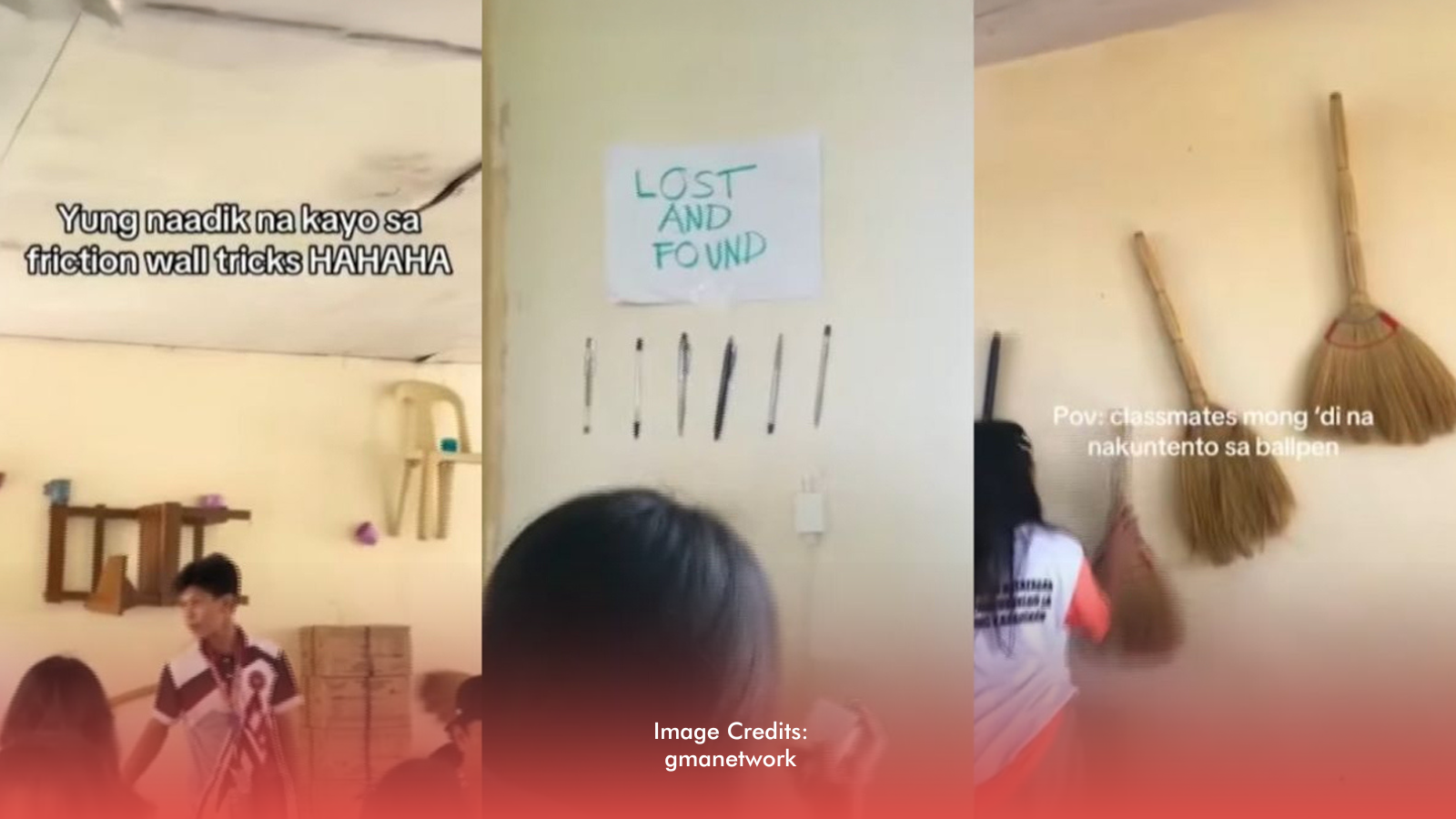The Philippines has made notable progress in its immunization campaign, recently exiting the top 20 countries with the highest number of "zero-dose" children. This achievement, announced by the Department of Health (DOH), marks a significant step forward in improving vaccination rates across the nation.
Improved Immunization Rankings
"Zero-dose" children are those who have missed out on all recommended vaccinations due to various barriers, including limited access to healthcare. In 2021, the Philippines was ranked 5th among countries with the highest number of zero-dose children, alongside nations like India, Nigeria, Indonesia, and Ethiopia. According to the latest WHO/UNICEF estimates of national immunization coverage (WUENIC) for 2023, the Philippines is no longer among the top 20 countries with the most unvaccinated children. While the specific new ranking remains undisclosed, this represents a significant improvement in the country’s immunization efforts.
Ongoing Challenges and Strategies
Despite the recent improvements, Health Secretary Ted Herbosa has expressed ongoing concerns about the country’s historically low immunization rates, which have remained below 80% annually since 2013. The recent progress offers a positive outlook, but reaching the 95% coverage target remains a challenging goal. To address this, intensified efforts will focus on ensuring all children receive the full spectrum of necessary vaccinations to protect against diseases like polio, measles, and rubella.
Commitment to Future Goals
Dr. Gerna Manatad, Director of the Disease Prevention and Control Bureau at DOH, said that the DOH aims to achieve 95% immunization coverage by 2025. Manatad highlighted the crucial contributions of local health workers and the National Immunization Program. “Our recent progress reflects the dedication of barangay health centers and city health offices,” she remarked. Moving forward, the focus will be on sustaining and enhancing these efforts through continued collaboration and commitment.








